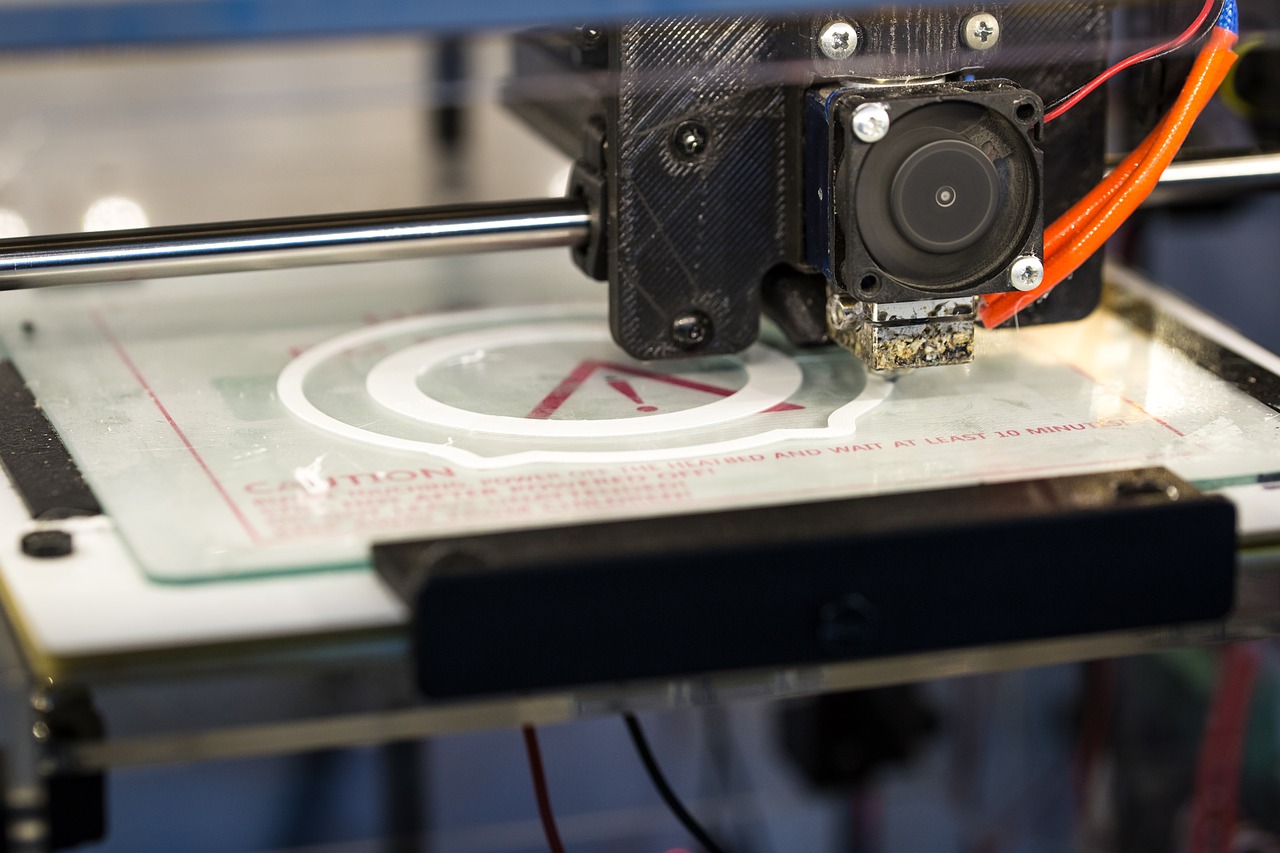A thought that can keep some people awake at night is the Skynet threat. The worry that machines will soon become self-aware and then it’s curtains for humanity. Academics and philosophers soothe our fears by stating that machines can only think logically, mathematically and lack the human spark that enables us to think creatively and therefore be conscious of our own existence. Computers can do trillions of calculations a second, but they can’t create music or art.
However, YouTube has videos of floppy disc drives covering various TV themes and pop hits and now, certain pieces of additive manufacturing are being labelled as art. Are you scared yet?
Is it art?
The Oxford English Dictionary defines art as:
‘The expression or application of human creative skill and imagination, typically in a visual form such as painting or sculpture, producing works to be appreciated primarily for their beauty or emotional power.’
This can surely be applied to 3D printing. 3D Printshow has been exhibiting additive manufacturing art in London, Paris and New York to huge acclaim since 2012, and there are various e-stores offering custom made art for home decoration, all done on 3D printers.
The 3D printer was obviously created as a labour saving device, to remove the need for moulds and such, so it’s a natural progression to extend it to sculpture. The process eliminates the physical side of sculpting, allowing artists to devote their minds fully to the creative process.
How can 3D printing help an artist?
For a start, the artist could create many of the same piece, identical in every respect, with no more than the touch of a button. These ‘copies’ would technically be ‘originals’, and therefore worth just as much.
Purists would argue against this, as it appears to make art more commercial. After all, if there are a thousand copies of the next Kiki Smith sculpture available to buy, what makes it different from the multitude of manufactured objets d’art that litter DIY stores as impulse buys for new home owners.
On the other hand, artists are well known for claiming that their pieces should be for everyone, and 3D printing certainly allows art to be shared among more and more people.
Whether it makes art cheaper to produce is hard to say. It certainly makes it cheaper to reproduce, but to calculate further you have to weigh the cost of a high quality 3D printer and its materials against finding a lump of stone in quarry and carting it home. If you factor in the time and effort that goes into production, then it seems like the hardware would pay for itself in no time.
What 3D printing can do is allow a whole slew of creative minds to take up art as a hobby. Those who have always been lacking any talent with a brush or chisel will be able to create art for art’s sake, using modern methods to indulge themselves.
Of course, using computers opens up a world of ideas that would never be possible by conventional means. This video illustrates how the minutely exacting details of 3D imaging and printing can accomplish feats no human hand would dare to undertake.
In the meantime, don’t worry too much about an AI induced Judgment Day. The machines may be doing the building but it’s still the humans doing the creating, for now.

